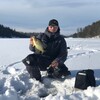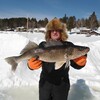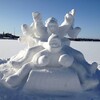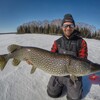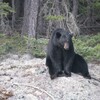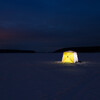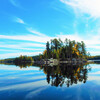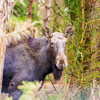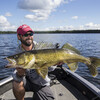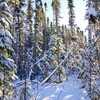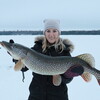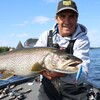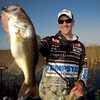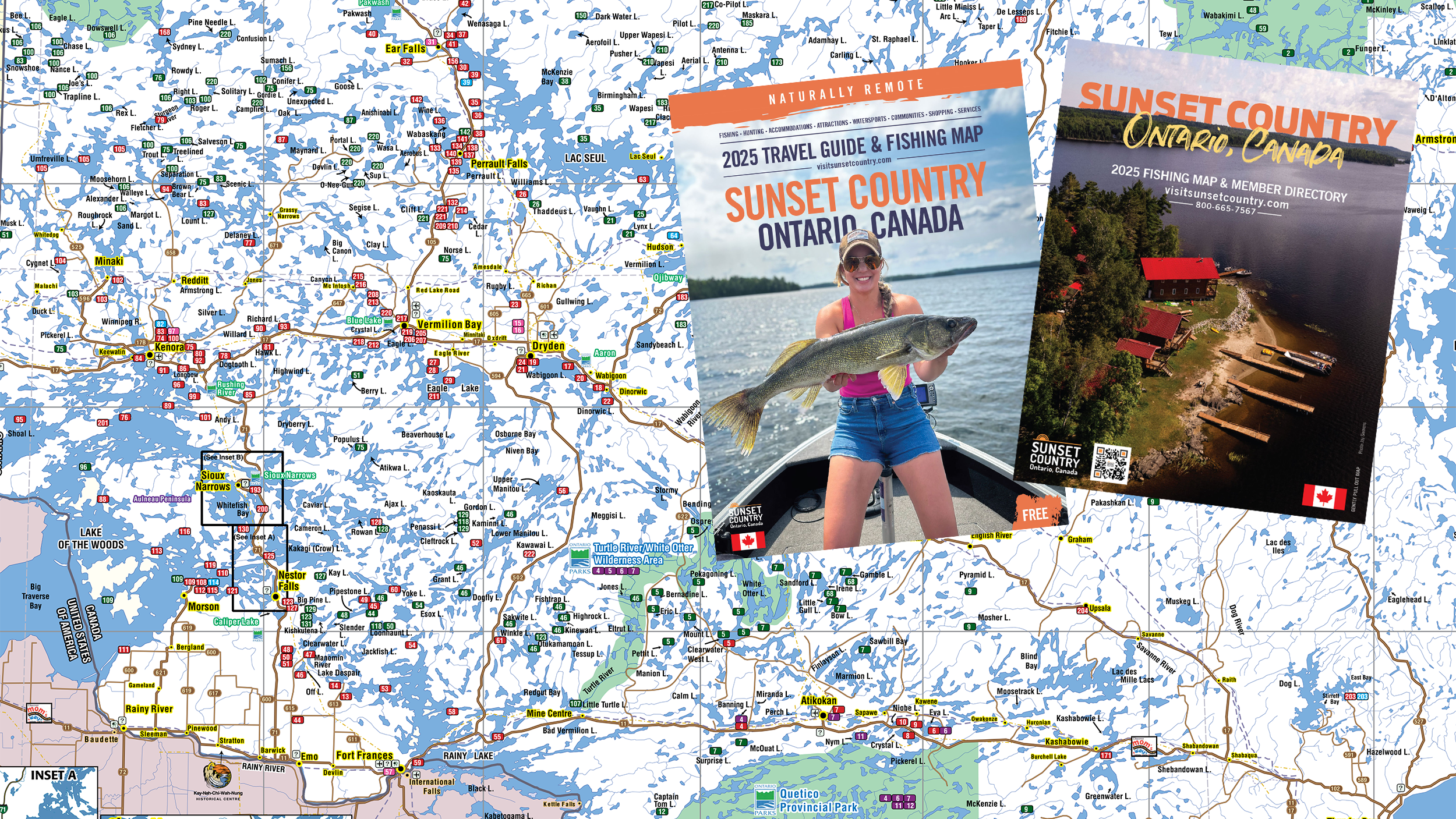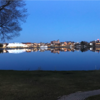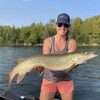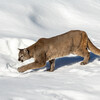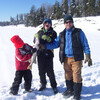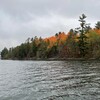Cooler Weather = Hot Fishing!
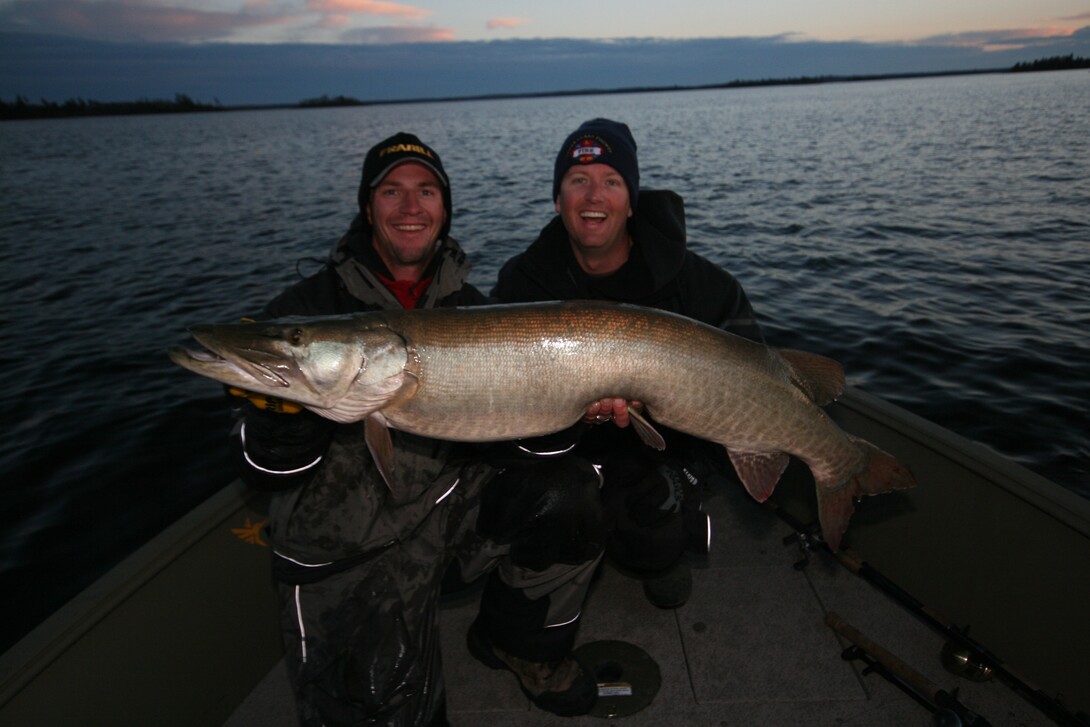
Fall fishing is the best fishing!
The days are getting shorter, the nights cooler, and the leaves are changing colour, but it all means one thing… fish all across Sunset Country are eating as they prepare for our long winter ahead.
The opportunity to catch trophy fish of any species is better in the fall than any other time of the year, and the main reason why is as I said earlier: every fish in the lake knows that a long winter is coming, so they want to bulk up as much as possible before the snow flies. Here are a few tips for catching more and bigger fish this fall.
Walleye
More people visit Northwest Ontario to catch walleye than any other species over the course of the open water season, but most visit us during the warmer summer months. The fishing is great all summer long no doubt, but for anglers looking to catch a big, fat trophy walleye, fall is prime time.
When it comes to catching a big walleye in the fall, like most other species, they are focused on eating larger baitfish like shiners, cisco, or smelt. Most of these baitfish move shallower in the fall than where they are found during the warmer summer months, so walleyes exploit them.

I like to look for walleyes on the main lake structures like humps and points, much like in the summer, but look slightly deeper and look for baitfish on your electronics around these spots. The best fishing spots will have plenty of bait around.
The sleeper spots in fall are channels and neck-down areas with current. These locations will attract shiners, which the walleye follow. This happens in October, and these will be the chunkiest walleyes you will see all year.
Guides and camp owners can give you some direction on where to find fall walleyes on many lakes across the region. My best pick for a monster walleye is Rainy Lake, specifically in the north arm.
MuskIE
Muskies are probably the one fish species that actually attracts more anglers late in the fall than during the summer. The reason is simple: it’s the best time to catch a monster!
Muskies show up in predictable spots in October, where they feed heavily until the lakes freeze up. Like walleye, they take advantage of Cisco and whitefish that move shallow late in the year to spawn, and they gorge on them.
For years trolling with big crankbaits was the traditional pattern in the fall, and it still works, but in recent years more and more anglers are catching big fish, and lots of them, with large soft plastic baits like Bull Dawgs, large tubes, and swimbaits.
The key is finding the bait, which congregates on windswept rocky points, shorelines, and around neckdown areas with current. Most fish are going to be in 10 to 20 feet of water, with some deeper fish to be found around deep holes in heavy current areas.
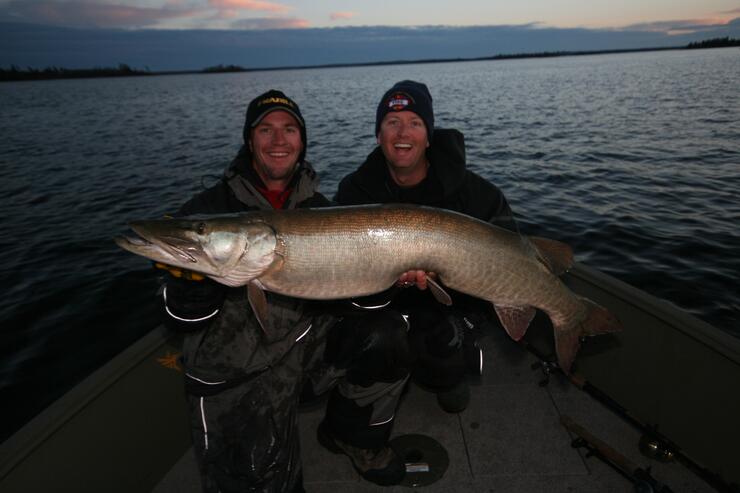
My pick for fall muskie action is Eagle Lake, located near the town of Vermilion Bay. It’s a big lake with several fishing resorts that stay open late in the season. Plenty of giant muskies as well! Watch this show to learn more about finding and catching late-fall muskies!
Smallmouth Bass
Smallmouth almost go into hibernation mode in the winter and they don’t eat much, so it makes sense that they are eating machines in the fall, as they try to reserve as much energy as possible to get them through the winter.
As anglers, we can take advantage of their aggressive nature and catch numbers of big fish! As proof of how good the fishing is in the fall, we have bass tournaments across the region all summer into early October. The winning weights in the late September and early October tournaments are usually a few pounds bigger than summer weights in the same bodies of water.
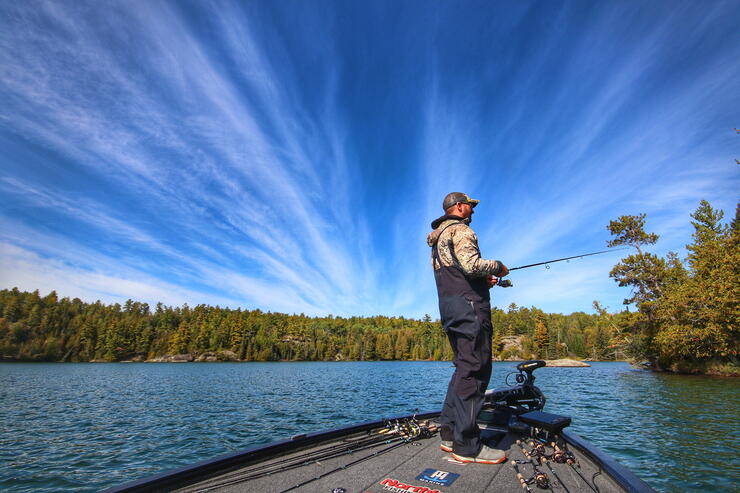
Smallmouth bass group up on the main lake structure in the fall, in big numbers. The best way to put it is if you have three or four miles of shoreline, almost all of those fish that are dispersed over that shoreline for the summer will move out to the same hump, point, or flat for the winter. We call these spots “wintering holes,” as these fish will spend the winter together on them before dispersing again in the spring.
To find fish, look for them on these structures with your electronics in 20 to 30 feet of water, and then fish for them with fluke-style minnow baits on a jighead, a tube or a jigging spoon; you want to use minnow-imitating baits.
A good pick for fall bass fishing would be Lake of the Woods because it has great fishing in many different sections of the lake and plenty of great places to stay.
Crappie
Crappies spawn in the spring and move shallow for a few weeks, where anglers can have some fun catching them in shallow cover. Over the summer, they suspend and anglers don’t typically catch a lot of them.
In the fall, crappies really group up in the deeper holes of the bays or lakes that they live in. They feed heavily on invertebrates that start popping up out of the mud bottom and on small minnows.
The first step to finding and catching a load of crappies is to get on a body of water that has a good population, then it’s all about looking around with your electronics until you find a big school—they will be eager to bite, I guarantee it! Focus your efforts in 20 to 35 feet of water and fish with small jigs or spoons, tipped with scented soft plastics.
A sleeper pick for crappies is the Winnipeg River, located north of Kenora. There are plenty of resorts to stay at, and populations of crappies can be found all over the River.
The Other Fish
Lake trout spawn in the fall, so the season closes for them after September 30 to protect them. Fishing for lakers can be fantastic through September, however, as they begin to move shallow from their deep summer haunts. Look for fish in the 40- to 60-foot range on ledges near points and humps, where they will chase baitfish around. Crow Lake, near Nestor Falls, is one of my favourites for lake trout.
Like some of the other fish I’ve talked about, pike will move out of the shallow weedy bays where they spend the summer to main lake rocky shorelines—at least the big ones—where anglers can catch them on large suspending jerk baits. Casting or trolling these baits will work; try both and let the fish tell you what they want. Lac Seul in the northern part of the region is a great place to catch pike, as well as walleye and muskie.
Of course, there are many great fisheries across the Sunset Country Region outside of the waters that I mentioned. Check out visitsunsetcountry.com to plan your fall fishing trip, and get ready to catch some big fish!
Recommended Articles

Is the 1,400 Kilometre Drive to Northwest Ontario For a Fishing Trip Worth it?
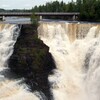
8 must-see waterfalls

6 Ways to Get Your 10,000 Steps This Fall

Top 5 Reasons You Should Be Fishing in Morson, Ontario

Discover The Winnipeg River

Enjoy Sunset Country's Fall Colours on Your Next Road Trip

Fishing in the Fall?

6 Reasons to Book a Fall Vacation to Sunset Country

10 Reasons to Avoid Ontario’s Sunset Country

Heading Across Canada?

A Guide to Sunset Country Museums
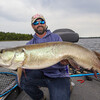
The Promised Land: Best Muskie Fishing in Ontario
5 Essential Boreal Experiences in Ontario's Sunset Country

5 Obscure Facts About Northwestern Ontario: Were You Aware of These?
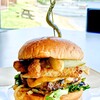
Great Food in Relatively Unknown Places
Outdoor Medicine

A Guide to Bringing Your Pets on Vacation to Canada

There's more than just fishing in the Red Lake Region

5 Amazing Sights You Can Only See By Boat

Going Fishing in Canada?

Going fishing in Ontario?

Outdoor Adventure in Ontario's Northern Paradise
Planning A Family Fishing Trip to Canada

Tips from a Fishing Legend


